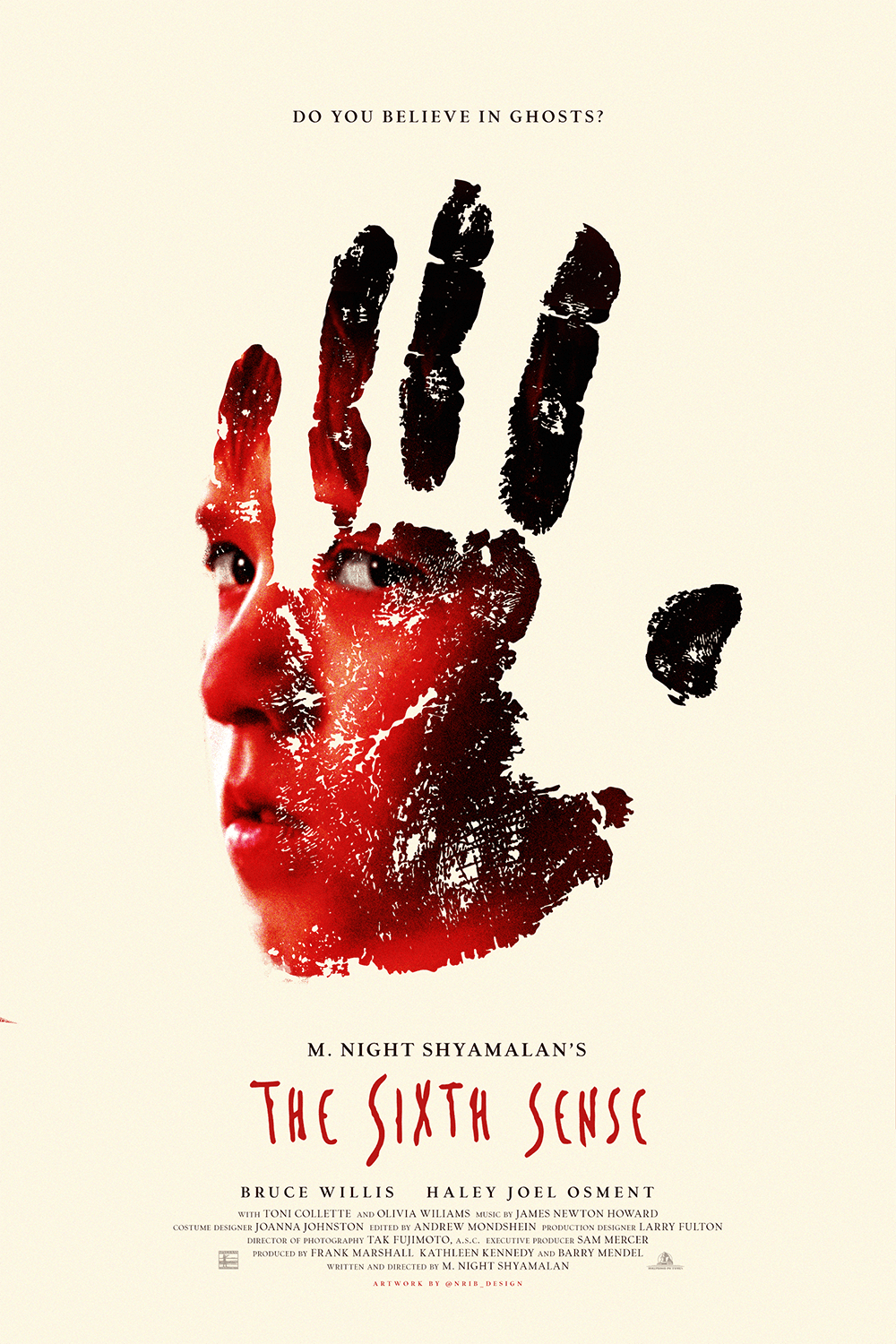“I see dead people,” whispers Kendrick Lamar at the beginning of his Drake diss-track, “Not Like Us.” Since the release of the song on May 4, 2024, the line has been considered an integral part of the track, receiving a number of lyrical analyses. The quote, however, is more well-known as the most iconic line in M. Night Shyamalan’s 1999 film “The Sixth Sense.”
The film follows child psychologist Dr. Malcolm Crowe (Bruce Willis) as he treats Cole Sear (Haley Joel Osment), a nine-year-old who can, as his line indicates, see dead people. The film had its 25th anniversary on August 6, raising the question of how this movie has stood against the test of time and what context surrounds it.
Without revealing the twist ending of the film, it is important to note that since its release, Shyamalan has been stereotyped as a director who loves twist endings. Upon rewatching the film, though, it is clear that its quality relies on so much more than just an ending. Shyamalan created a film that is saturated with foreshadowing, with every piece built intelligently and adeptly. Watching it, it is clear that the audience member watching it is an outsider, someone who does not necessarily belong in the world of the film.
In the very first scene, the camera is positioned within a basement, making it feel kike the viewer is spying on Anna Crowe (Olivia Williams), from the room’s hidden nooks and crannies. A few scenes later, shots of Malcolm Crowe and Cole Sear running down the street are adeptly cut up by tree branches and other obstacles, effectively reminding the viewer that they are simply an observer in the story and will not be getting an omniscient point of view.
Without going too deep into the now iconic Kendrick-Drake rap beef, it is notable that “Not Like Us” isn’t the only time Lamar references Shyamalan’s work. In “Euphoria,” released less than a week prior to “Not Like Us,” Lamar references “Joel Hale Osteen,” stating that he was “in a film called A.I.” The name seems to be a mix up of Haley Joel Osment, who was in “A.I.,” and televangelist Joel Osteen. Lamar also raps the line “my sixth sense tellin me to off him.”
Shyamalan stated a few weeks after these songs came out that he and Lamar “lightly know each other” and that he already knew Lamar is a fan of his work. Lamar’s references also remind slightly older generations of the film's importance and popularity while also introducing younger audiences to it. While Lamar’s references may have led to a resurgence in the popularity of Shyamalan’s film, the film’s 25th anniversary also sparked reappraisals by influential review sites like Entertainment Weekly and RogerEbert.com.
Shyamalan does an excellent job throughout the film of carrying the motif of reflections and shadows, which he does solely through visual cues. Starting from the very first scene, where Dr. and Mrs. Crowe see each other as reflections upon an ornate frame, people in the film rarely see each other eye-to-eye. Through this, Shyamalan is getting at the idea that we do not see ourselves or each other as clearly as we believe. Instead, everything is seen through the lens or reflection of something else, leading to misunderstandings and misconceptions, including the one revealed during the twist ending.
“The Sixth Sense” is in the nebulous period between being “old” or “retro” and being recent. Lamar’s references have changed Shyamalan’s film’s place in popular culture, moving it back towards the realm of popular media and perhaps reminding audiences that it never really left. “The Sixth Sense” has something for everyone — whether it’s the tension of the psychological thriller, deep philosophical ideas, themes of romance and loss thereof or even the existential questions raised by the ideas of death - the film is versatile, smart and still remains relevant, even if that is partially in the form of references by Kendrick Lamar.
Get The Chronicle straight to your inbox
Sign up for our weekly newsletter. Cancel at any time.
Sonya Lasser is a Trinity first-year and a staff writer for Recess.

